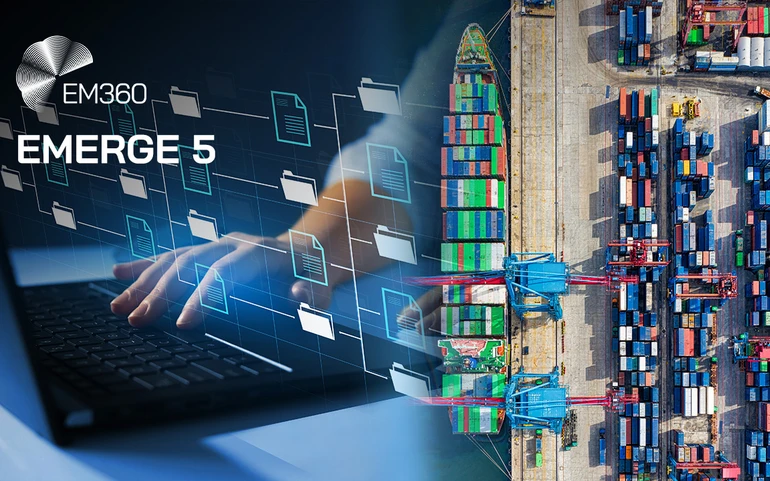
The modern supply chain is often designed with high reliability and low cost in mind.
But new developments are making a difference, transforming the way the supply chain operates through technological advancement and innovation.
From improving business processes to reducing the time taken to train new staff, sometimes from months to days, here are 5 new pieces of technology shaping the supply chain landscape today.
Recognition technology
In manual manufacturing processes such as building car engines and types of joinery, AI-driven action recognition tech allows companies to combine real-time video with analytics to QA employees’ work. According to multiple industry reports, this is leading to higher productivity and better quality control on the supply chain.
AI and HI
It’s not just big leaps in AI technology that are offering escape hatches from the cost trap, because humans’ ability to use and understand AI has increased significantly in the last few years. Cobots (robots that interact with humans in the supply chain) combine AI and HI to lower labour costs while retaining the value of human oversight and creativity.
3D printing
Advances in additive manufacturing including 3D printing are increasingly making it possible for companies to affordably produce a broad range of components and products to improve the supply chain. These technologies are allowing businesses to shorten manufacturing processes in factories closer to home, reducing reliance on numerous and distant suppliers.
Digital manufacturing solutions
These digital systems track product manufacturing across workstations, enabling the real-time input of data by workers, providing end-to-end traceability, and ensuring that only high-quality parts move downstream. This shortens supply chain processes while reducing the risks of anomalies or technical issues.
Three-dimensional simulation
Three-dimensional simulations provide a new way for companies to operate by making use of a digital landscape to monitor and improve supply chain processes. They allow manufacturers to build digital twins of their processes and simulate factory layouts, workstation design, and assembly design. Some providers include metaverse applications such as Nvidia’s Omniverse and Meta’s WorkPlace.

